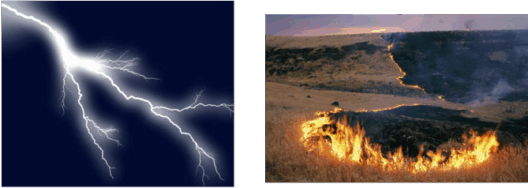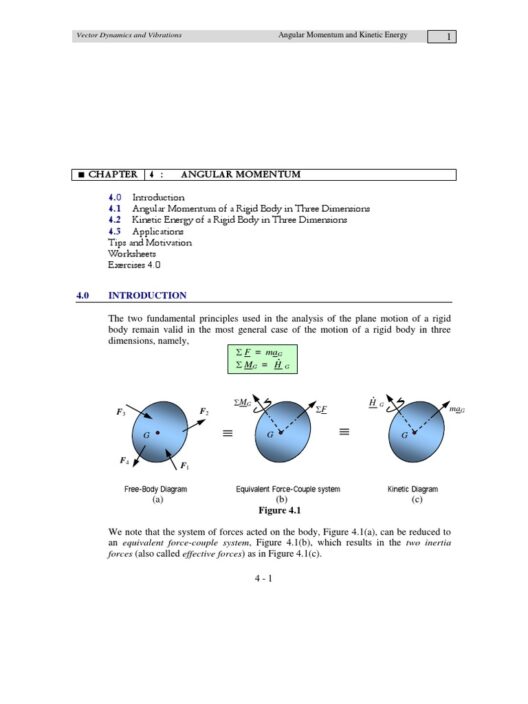The unprecedented bushfires that ravaged Australia have ignited a fervent debate about their causative factors, particularly the influence of global warming. Observers around the globe have been drawn to the catastrophic imagery and the dire repercussions that follow such infernos. While many hastily attribute these infernos to natural climatic patterns or human negligence, the underlying connection to anthropogenic climate change merits thorough examination.
The Australian bushfires of recent years, most notably those in 2019 and early 2020, were not mere flashes in the pan; they were emblematic of a more extensive crisis. These wildfires scorched millions of acres, obliterated wildlife, destroyed homes, and left communities in utter devastation. Indeed, the reality of such destruction often compels the question: did global warming instigate these calamitous events, or are they simply an unfortunate streak of occurrences in Australia’s illustrious history of bushfires?
Historically, Australia has grappled with a unique fire ecology. The continent is characterized by its extreme weather patterns, including prolonged droughts and heatwaves that create a conducive environment for wildfires. However, the sophistication of modern meteorological science has clarified a critical point: climate change exacerbates these natural phenomena. Increased greenhouse gas emissions have significantly altered weather patterns, resulting in warmer temperatures and altered precipitation levels. This transformation not only hastens the onset of drought conditions but increases the likelihood of prolonged dry spells that are conducive to wildfires.
Australia’s warming trends are alarmingly pronounced. According to recent climate reports, the continent has warmed by over 1.4 degrees Celsius since 1910. This warming translates into a higher propensity for heatwaves and dry spells. Furthermore, the Intergovernmental Panel on Climate Change (IPCC) posits that continued emissions of greenhouse gases will result in even more severe climatic conditions. The frequency and intensity of extreme weather events, including bushfires, are thus anticipated to escalate. For instance, studies have corroborated that extreme fire weather days have multiplied as temperatures have risen.
Moreover, the interplay between fire behavior and vegetation cannot be understated. The Australian bush is dominated by a diverse array of flora, some of which have evolved to thrive under burnt conditions. However, with changing climate dynamics, the natural resilience of these ecosystems is being tested. Increased temperatures lead to desiccation of vegetation, rendering it more flammable. Additionally, climate change affects the phenology of plant life—how and when plants flower or sprout, which directly influences their combustible characteristics. As ecosystems become increasingly stressed, the vulnerability of these environments to fire increases correspondingly.
This nexus between climate change and bushfires is further underscored by the notion of “controlled burns”—a method employed by Indigenous Australians for centuries. These burns have historically been a means to mitigate larger infernos by promoting a healthy and balanced ecosystem. However, climate change is altering the dynamics of how and when these burns can be executed. Such changes complicate traditional practices that could otherwise manage fuel levels, leaving landscapes more susceptible to uncontrolled wildfires.
The Australian fires are also reflective of a global trend regarding wildfire patterns. Regions across the world are experiencing intensified fire seasons driven by the global climate crisis. From the Amazon rainforest to California’s west coast, countries are grappling with the interconnected implications of global warming. Wildfires have become a transnational concern, raising questions not just about local environments but about international responses and responsibilities.
Nevertheless, attributing the Australian bushfires solely to climate change is an oversimplification. Human factors, such as land management practices, urban expansion into fire-prone areas, and individual negligence, play pivotal roles in the ignition and proliferation of wildfires. The increased interface between urban landscapes and wildlands has led to catastrophic consequences when fires do occur. Therefore, while climate change creates an environment ripe for fires, immediate human activities also matter significantly.
In addressing this issue, it becomes imperative to advocate for dual approaches—mitigating climate change through emissions reduction and investing in holistic land management strategies that involve Indigenous practices and modern science. These approaches could foster resilience within fire-prone ecosystems and communities. Initiatives such as reforestation, soil health improvement, and firebreak creation are essential components in reducing fire risk and sustaining biodiversity.
Ultimately, the nexus between global warming and the devastating Australian fires encapsulates a critical intersection of environmental concern and societal responsibility. It compels one to reflect on how interdependent our global ecosystems are and how climate change is no longer an abstract phenomenon, but a real and urgent crisis that requires immediate action. Public awareness and political will are crucial in galvanizing efforts to confront this daunting challenge. To protect Australia—and indeed, the planet—from the ravages of wildfire, a collaborative global response is paramount.
As the world looks on, the compelling visual narratives emerging from Australia serve as a stark reminder of what is at stake. The fascination with these events transcends mere interest; it challenges humanity to confront uncomfortable truths about climate change, initiate discussions on action, and ultimately, embrace change before nature dictates our fate. The question is not merely whether global warming caused the fires, but rather how we respond moving forward to avert future calamities.







